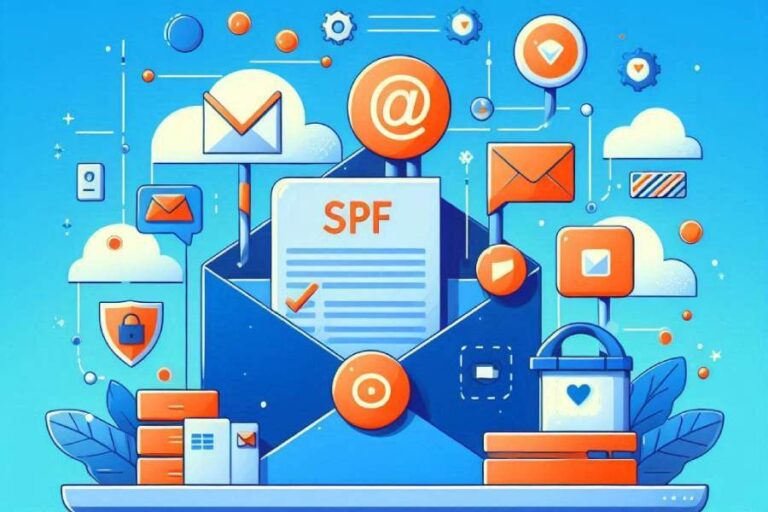Hyperconnectivity is one of the key determinants of the digital world. This means that nothing exists in isolation, not even the cybersecurity attacks that impend over this space. This is particularly true for phishing and ransomware attacks.
The synergy between the two cyberattacks is executed through the initial success of phishing, which allows ransomware to cause costly operational disruptions and lead to the loss of critical data. This seamless transition—from phishing to ransomware—highlights how the perpetrators are leveraging more sophisticated and crafty techniques to launch attacks that exploit the interconnectedness of the online world.
Given the fact that interconnectedness is intrinsic to the digital ecosystem, how do you protect your organization from the wrath of such attacks? A good starting point is to cultivate an understanding of the tricks that attackers use to launch ransomware through phishing. In this article, we will dive deep into how phishing leads to ransomware attacks.
Hooking the Bait
The first step in a ransomware attack executed through phishing is setting the trap for the unsuspecting victim by exploiting human psychology and trust. This is typically executed like any other phishing attack, wherein the attacker sends out a deliberately crafted email in the guise of a trusted entity. More often than not, the phishing email holds an eerie resemblance to a legitimate one with the same or similar language and format.
Furthermore, the bait is often laced with a sense of urgency or an appealing offer to prompt immediate action. All of these sneaky tactics come together to trick you into making a mistake online, like giving away private information or downloading something harmful.
Reeling the Catch
Malware Delivery
Once the target opens the email and clicks on the URL, it all goes downhill from here! Phishing emails often contain malware files that are triggered as soon as the user clicks on the seemingly legitimate link or downloads an attachment. Upon successful installation, the malware will make its way into your system and unleash its destructive payload. In case of ransomware attacks, the malware will render your files and important data inaccessible. It is only when you pay the ransom you will be able to regain access to your files.
Credential Theft
Another way phishing can lead to ransomware is by gaining unauthorized access to the victim’s system or networks by harvesting their login credentials. As you know, phishing operates on the art of deception; most fall prey to this strategy and disclose their personal information, such as username and password. With stolen credentials in hand, attackers then initiate the final and most destructive phase: deploying ransomware.
Network Compromise
Sometimes, when cyber attackers go phishing, they aim for the big fish—high-value targets like managers and executives. This is executed through what is known as “spear phishing.” Once the threat actor gains access to this high-level account, they move laterally across the network, using the compromised account to gather more credentials, access more systems, and eventually gain the control they need to launch a large-scale ransomware attack.
Reminds you of the domino effect, right?
The ransomware deployed can encrypt files across the whole network, causing major disruptions and demanding huge ransoms to restore access.
Avoiding the Traps
While it looks like these attacks have made their way even into the narrow crevices of the digital landscape, it is very much possible to dodge them. All it takes is employing the right strategy.
Here’s what you can do to mitigate the risk of these attacks:
- Implement robust security measures like firewalls, antivirus, and two-factor authentication
- Regularly update your software and systems to patch any vulnerabilities that exist in the system
- Implement email authentication protocols like SPF, DKIM, and DMARC to prevent malicious emails from ever reaching your team’s inboxes
- Conduct regular security audits to identify and address potential vulnerabilities within the network
- Back up your data regularly so that you’re able to restore it without paying a ransom.
To Sum Up
Did you know that phishing is one of the major factors unleashing ransomware attacks, contributing to 45% of them? These two types of cybersecurity attacks are fatal in themselves; imagine the compounded impact when they work in tandem!
But the good news is that you can prevent phishing and the subsequent risk of ransomware by learning how to identify red flags and deploying a robust cybersecurity strategy. Our team of experts at AutoSPF is here to provide you with the latest tools and strategies to help you stay on top of your cybersecurity game. Whether you need help streamlining your SPF record management or improving your email deliverability, we can do it all!
Let AutoSPF be your ally in navigating the cybersecurity landscape. Get in touch or book a demo with us today to learn more about our services.
